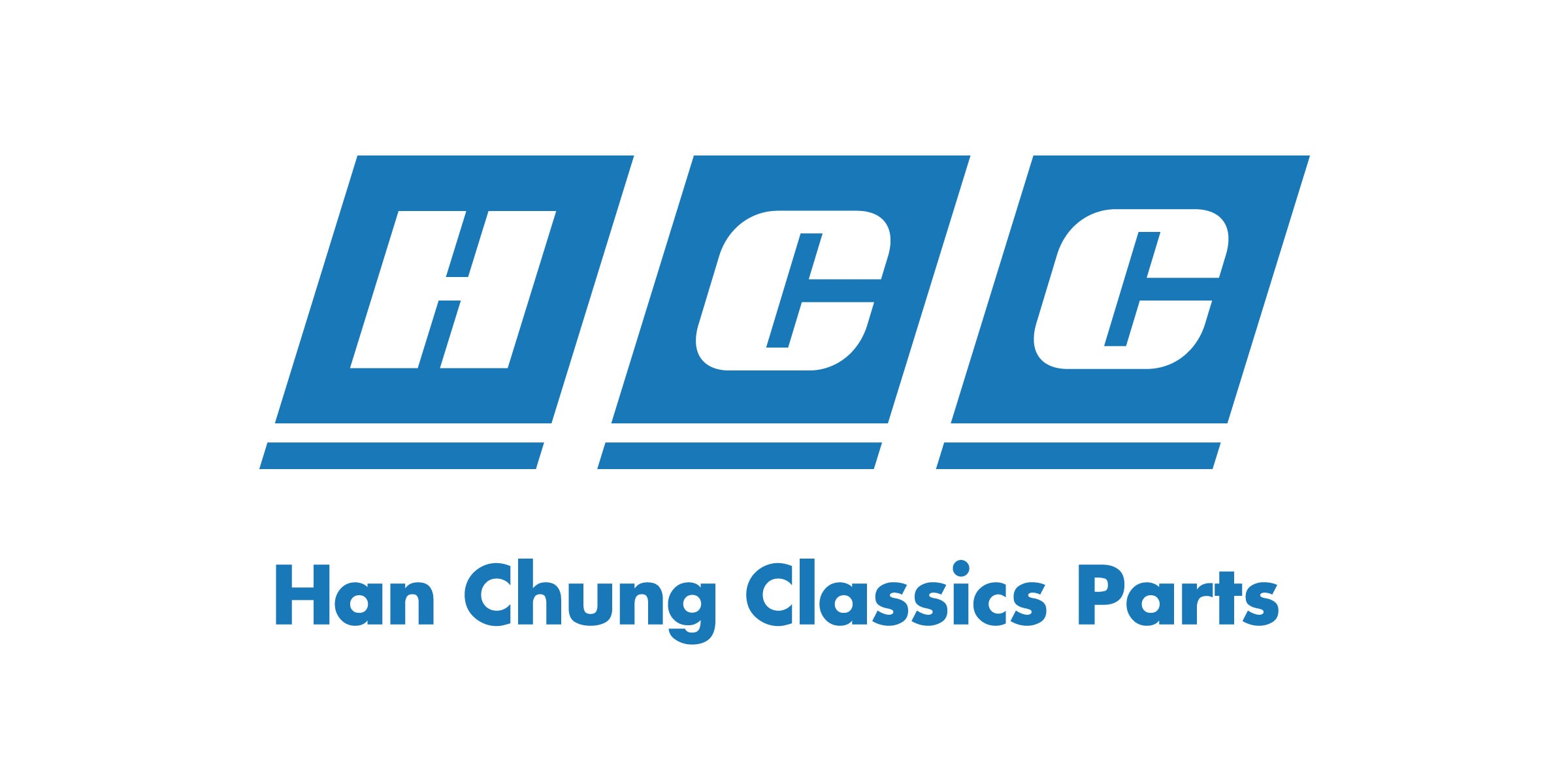The People's Car of China

Reliability, robust engineering, and toughness made VW Santanas ideal cars for China’s rough roads in the 80s and 90s, as well as a beloved vehicle for fleet operators. The Santana took up jobs as police cars, taxis, driving school vehicles, and local level government-use cars.

Together, the Mk2 Jetta and B2 Santana became China’s Model T - a dependable workhorse that made inexpensive car ownership possible for millions of Chinese families. From the 1990s to today, every city street in China had a few VW Santanas on it. Many who had traveled to China would recount memories of being driven around very briskly around tight city streets in a VW Santana taxi, by a cigarette toting shifu.
Santanas are still widely popular in China to this day, providing trusty service for families and enthusiasts alike. They are the perfect retro daily driver, with all of the charms of an 80s car, but modern reliability and parts availability.
The sedan Santana was made from 1983 to 2012. The Santana Variant (wagon) was produced until 2008.
The Origins of Shanghai-VW

In 1982, when the Shanghai-VW Santana contract was written up between Volkswagen and the Chinese government, the VW Santana was the most modern vehicle Volkswagen produced. The Shanghai-VW cross venture would go on to modernize the Chinese car industry, and went on to establish Volkswagen's place as the most popular passenger car brand in the People's Republic.


The first Santana was produced in April 1983. The 100,000 Santana rolled off the productions lines in Anting, Shanghai in 1992. By production's end in 2012, nearly 3.5 million Santanas had been produced by Shanghai-VW.

Technical Specifications

The Santana came in both sedan and wagon (variant) form.
Originally only available with a 1.6 8V carbureted engine, a 1.8 8V was introduced in 1987. Fuel injection became standard from 1998 on, and Bosch electronic fuel injection was added in the 2000s, along with ABS with electronic brake distribution.
The regular Santana was only available with manual gearboxes. Originally only having a four speed, the five speed box became standard in the 90s. The special variants of the Santanas (2000, 3000, Vista) were available with automatic transmissions.
Almost all VW Santanas in China were equipped with air conditioning and power steering.
The Santana in Modern China

Nowadays, there’s a large enthusiast following for these boxy and dependable retro sedans and wagons.
In 2019, KGO Customs out of Guangzhou, China drove their bagged 2008 Santana Wagon from China over land to attend the Worthersee VW festival in Austria. Going north through Russia, much of Europe, and finally arriving in Austria, this 12,000 km journey was a testament to the sturdy engineering of the Santana that has kept up its large following in China through the years.

For a long time, Santanas were only seen as a simple and dependable car. All of the desirable qualities that made it a staple for fleet operators and families also make the Santana a wonderful retro daily driver.

We work with several reputable B2 Santana specialists to restore and modify our cars. Their familiarity with the B2 Volkswagen platform is incredibly valuable, and we have a large stock of New Old Stock and OEM quality Volkswagen B2 parts with which to supply them with.
Shop B2, Mk2 and Mk4 Volkswagen parts on our store here. If you can't find what you're looking for, send us an email at hanchungclassics@gmail.com. We have the parts in our inventory to build a new B2 from the ground up.
